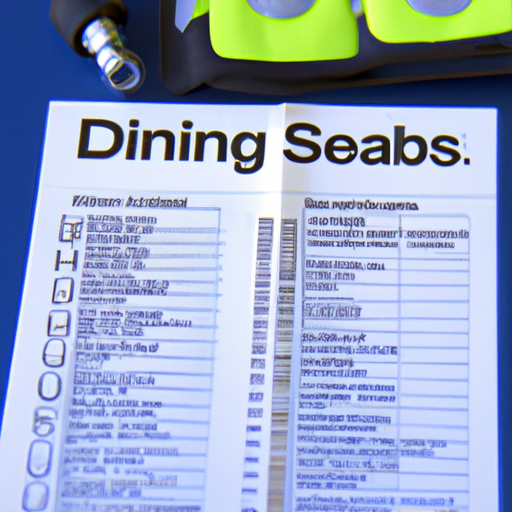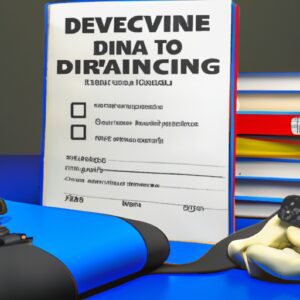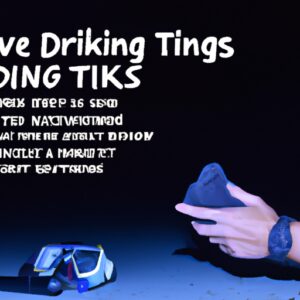
If you’re a scuba diving enthusiast, you’ve probably heard about dive tables. Yeah, those mysterious and perplexing charts that underwater divers use to avoid dangerous decompression sickness. But what are they really, and how do they work? Who needs them, and why are they so important?
Well, let me tell you one thing, dive tables can literally save your life, and here’s why:
H2: The Science Behind Dive Tables
When you dive, your body gets exposed to increased pressure and changes in gas composition due to the nitrogen in the air we breathe. If you stay down there for too long or ascend too quickly, these changes can create tiny bubbles in your bloodstream, which can cause excruciating pain, neurological damage, or even death. These bubbles are a result of the excess nitrogen coming out of solution and forming into gas bubbles in your blood vessels and tissue.
To avoid these risks, divers use dive tables to plan their dives and track the amount of nitrogen their bodies absorb and release over time. Dive tables display a maximum depth and bottom time, within which the diver can safely ascend without suffering from decompression sickness.
H2: Who Should Use Dive Tables?
Well, all divers should have some idea about how dive tables work, especially if you’re diving below 18 meters, as this is where the risk of decompression sickness increases. Even if you’re using dive computers, which are highly sophisticated and accurate devices for tracking your nitrogen intake, it’s always good to know how to use a good old-fashioned dive table as a backup, and for safety.
H2: How to Use Dive Tables?
You don’t need a Ph.D. in physics or chemistry to use dive tables. It’s a simple process that anyone can learn with some basic training. First, you need to know the Maximum Operating Depth (MOD) of the air you’re breathing. Once you have that, you can use the dive table to determine the maximum bottom time, which would allow you to safely ascend without getting sick.
The rule of thumb is to plan your dive so that you stay within the limits of the table, even if things go wrong. It’s always better to be safe than sorry.
H2: Conclusion
In conclusion, dive tables are essential to scuba diving safety. Knowing how to use them can save you from decompression sickness, and ensure you have a great diving experience.
As a generation Jones individual, I urge you to take diving safety seriously. Remember, the ocean is beautiful and full of wonders, but it’s also full of dangers. Train for the unexpected when you dive, be aware of your surroundings, and enjoy your dive knowing you’re being safe. Dive wisely, and have fun!







